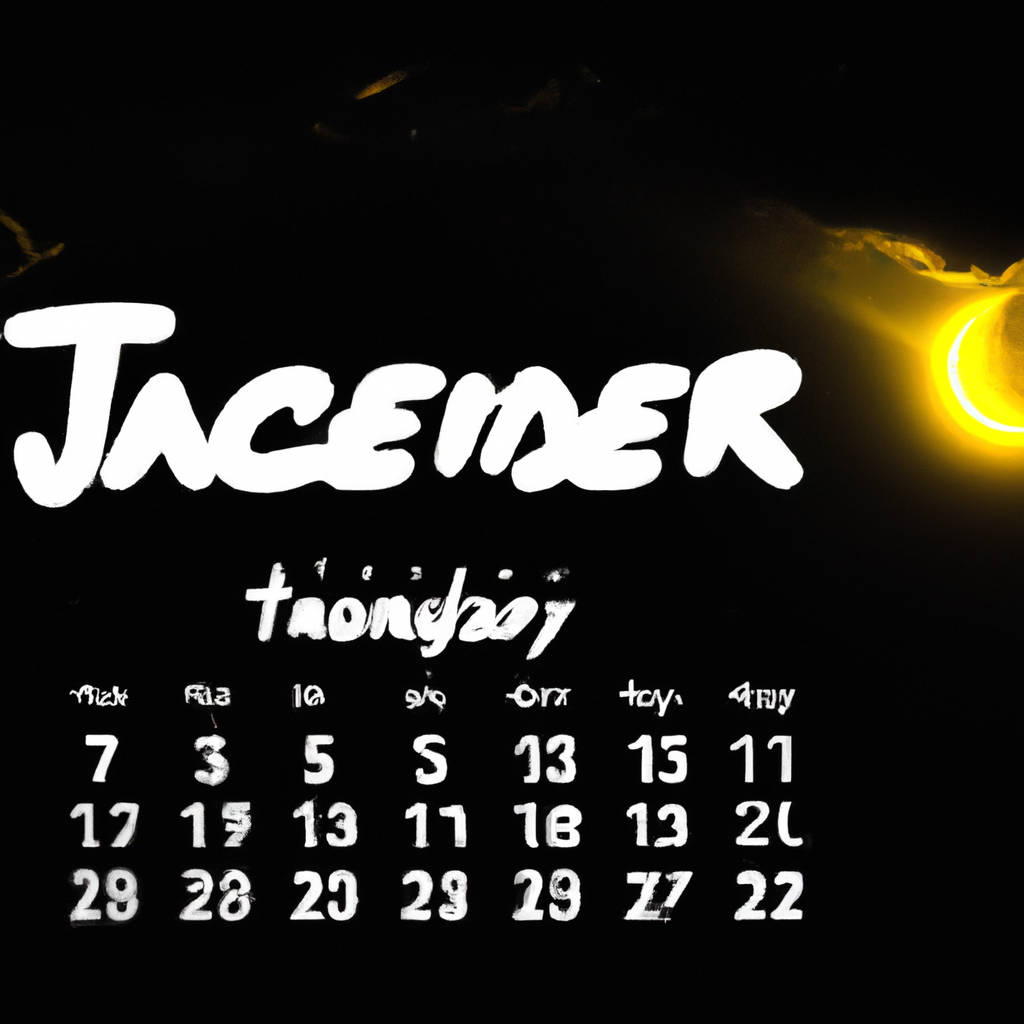Creating a content calendar in Google Sheets can be a useful tool for organizing and planning your content strategy. To begin, start by opening a new Google Sheet and creating a table with columns for the date, content title, content type, target audience, keywords, and status. Next, populate the calendar with important dates such as holidays, product launches, or events that you want to create content around. This will help you plan ahead and ensure that you are posting relevant content at the right times. Once you have your calendar set up, you can begin filling in specific content ideas for each date.
Be sure to include details such as the topic, format (blog post, video, social media post), and any relevant keywords or hashtags. Additionally, consider the target audience for each piece of content to ensure that it resonates with your followers. As you populate the calendar, you can use color-coding or labels to indicate the status of each piece of content (e.g. in progress, scheduled, posted). This will help you keep track of your progress and stay organized.
Finally, regularly review and update your content calendar to make adjustments as needed and ensure that you are staying on track with your content strategy. By following these steps, you can create a comprehensive content calendar in Google Sheets that will help you streamline your content creation process and improve the effectiveness of your marketing efforts.

Set Up Your Google Sheet
Setting up your Google Sheet is an essential step in organizing your data and information effectively. To begin, you will want to start by creating a new Google Sheet by navigating to your Google Drive and selecting the option to create a new spreadsheet. Once you have your blank canvas, consider the purpose of your sheet and what information you will need to include. You can customize your sheet by adding and naming tabs at the bottom for different categories or sections of data.
Next, you can format your sheet by adjusting the column widths, adding borders, and changing the font style and size to make it visually appealing and easy to read. To input data, simply click on a cell and start typing. You can also use formulas and functions to perform calculations or manipulate your data. Additionally, you can sort and filter your data to quickly find and analyze specific information. Collaborating with others on your Google Sheet is easy by sharing the document with them and granting them permission to view or edit.
As you populate your sheet with data, be sure to regularly save your work to avoid losing any important information. By following these steps and customizing your Google Sheet to fit your needs, you can effectively manage and organize your data in a user-friendly and efficient way.
Create Headers for Your Calendar
When creating headers for your calendar, it is important to consider the overall organization and clarity of the information you are presenting. Headers serve as a way to categorize and prioritize the events or tasks that you have scheduled, making it easier for you to stay on top of your commitments. By creating headers that are clear and descriptive, you can quickly scan your calendar and identify what needs to be done without having to dig through a long list of items.
Additionally, headers can help you to group related events together, allowing you to see patterns and make more informed decisions about how to allocate your time. When creating headers, it is helpful to use concise and specific language that accurately reflects the content of the events you are scheduling. This will not only make it easier for you to stay organized, but it will also make it easier for others who may need to reference your calendar. Ultimately, creating headers for your calendar is a simple yet effective way to streamline your schedule and ensure that you are making the most of your time.

Format Your Calendar
When it comes to managing your schedule and staying organized, formatting your calendar is essential. By creating a clear and visually appealing layout, you can easily see your upcoming events, appointments, and deadlines at a glance. One effective way to format your calendar is to color code different types of activities or events. For example, you could use one color for work-related tasks, another for personal appointments, and a third for social events. This can help you quickly identify the different categories of events on your calendar and prioritize your time accordingly. Additionally, it’s important to regularly update your calendar with any new commitments or changes to your schedule.
By keeping your calendar up-to-date, you can avoid double booking yourself or missing important appointments. Another useful tip is to set reminders for important events or deadlines. This can help ensure that you don’t forget about crucial tasks or appointments, and help you stay on track with your schedule. Overall, formatting your calendar in a way that works best for you can greatly improve your organization and time management skills. By taking the time to create a clear and structured calendar, you can make sure that you are making the most of your time and staying on top of your responsibilities.
Set Up Date Columns
Setting up date columns in a document or spreadsheet is a common practice in many industries. By organizing information based on dates, it becomes easier to track progress, deadlines, and important events over time. Date columns can be used to record when tasks were completed, when payments are due, or when meetings are scheduled. This helps ensure that all parties involved are on the same page and that important dates are not overlooked. Additionally, date columns can be used to analyze trends and patterns over time, providing valuable insights for decision-making. Overall, setting up date columns is a practical and efficient way to manage and organize information in a clear and structured manner.
It allows for better communication, accountability, and organization within a team or organization. Whether it’s for tracking project milestones, monitoring financial transactions, or scheduling appointments, date columns are a valuable tool for staying organized and on track. By setting up date columns, individuals and businesses can better manage their time, resources, and priorities, leading to improved efficiency and productivity. In conclusion, date columns are a simple yet effective way to streamline information and ensure that important dates are properly documented and accounted for.

Add Content Details
When it comes to creating content, adding details can make a significant difference in the overall quality and impact of the material. Details help to provide depth and richness to the content, allowing the audience to have a more immersive and engaging experience. Whether it is in the form of descriptive language, statistics, examples, or anecdotes, details help to paint a vivid picture and enhance the overall message being conveyed. By including specific details, content creators can better connect with their audience and effectively communicate their ideas and messages.
Details also serve to add credibility and authenticity to the content, making it more persuasive and compelling. Furthermore, details can also help to differentiate one piece of content from another, making it more memorable and impactful. In a world where information is constantly being consumed and shared, adding content details can help to make a piece stand out and leave a lasting impression on the audience. Ultimately, adding details to content is essential for creating meaningful, engaging, and effective communication that resonates with the audience and achieves the desired impact.
Use Conditional Formatting (Optional)
Conditional formatting is a feature that allows users to apply specific formatting to cells in a spreadsheet based on certain conditions being met. This can be a useful tool for organizing and highlighting data in a visually appealing way. By setting up rules within the conditional formatting options, users can easily identify trends, outliers, or important data points within their spreadsheets. This feature can help streamline data analysis and make it easier for users to spot patterns or anomalies.
While it is not necessary to use conditional formatting, it can certainly enhance the overall presentation and readability of a spreadsheet. Additionally, conditional formatting can be a time-saving tool, as it automates the process of applying formatting based on specified criteria. Overall, conditional formatting can be a valuable tool for users looking to optimize their data visualization and analysis processes.

Backup Your Content Calendar
Backing up your content calendar is essential for ensuring that all of your hard work and planning is not lost in the event of a technical issue or accidental deletion. By regularly saving a copy of your content calendar to an external hard drive, cloud storage, or another secure location, you can protect yourself from the potential devastation of losing all of your carefully curated content ideas, deadlines, and schedules. Having a backup of your content calendar also provides peace of mind, knowing that you have a safety net in place in case something goes wrong.
Additionally, having a backup allows you to easily access and restore your content calendar in case you need to reference or make changes to it in the future. Without a backup, you run the risk of losing valuable time and effort spent on creating and organizing your content calendar, which can set you back significantly in your content planning and execution. In today’s digital age, where so much of our work and information is stored online, it is crucial to prioritize the security and preservation of your content calendar by implementing regular backup procedures. Taking the time to backup your content calendar is a simple yet effective way to safeguard your content strategy and ensure that you can continue to stay on track and meet your goals without the fear of losing everything you have worked so hard to create.